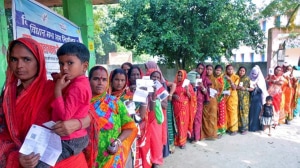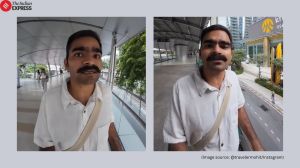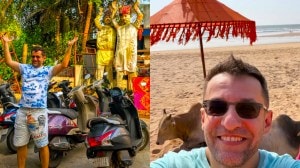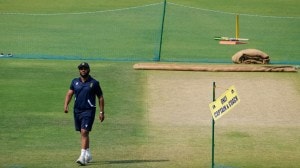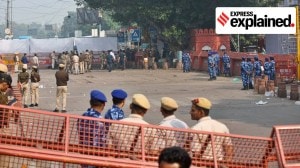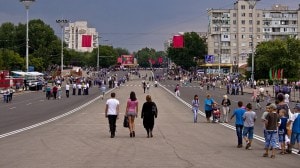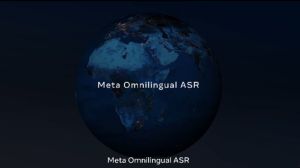Indian teens decode rare languages, earn top honours in global linguistics challenge
Animikha Dutta Dhar, Shrilakshmi Venkatraman and Faraz Siddiqui relied on Sherlockian levels of deduction to bag one silver and two bronze medals at the International Linguistics Olympiad.
 17-year-old puzzler Animikha Dutta Dhar sports her silver medal from the International Linguistics Olympiad. (Special Arrangement)
17-year-old puzzler Animikha Dutta Dhar sports her silver medal from the International Linguistics Olympiad. (Special Arrangement)Can you name a language with just 250 speakers?
How about cracking its structure — how it’s written, spoken, perceived — and being able to translate back and forth, all in a matter of hours?
This is the science of linguistics, and what Indian teens Animikha Dutta Dhar, Shrilakshmi Venkatraman, Faraz Siddiqui and Ananya Agarwal managed to achieve at the 2024 International Linguistics Olympiad (IOL) in Brasilia this August.
 Started in 2003, the International Linguistics Olympiad is a premier language competition for secondary students. India hosted the 2016 edition in Mysore!
Started in 2003, the International Linguistics Olympiad is a premier language competition for secondary students. India hosted the 2016 edition in Mysore!
Our Saffron and Green teams were given a set of five mind-boggling word problems to be solved in six hours, in languages rarely mentioned, barely spoken — the remote tongues of Koryak (from Russia), Hadza (Tanzania), Komnzo (Papua New Guinea), Daw (Brazil) and Yanyuwa (Australia). But how does one decipher a language that is completely new to them?
By combining logical reasoning with your intuition, explains 17-year-old Animikha, India’s lone silver medalist.
“To uncover the structure of a language in limited time, we typically observe the given data…and try to come up with rules that justify these. For example, if there’s a particular marker that occurs in sentences where the subject is singular, it would be fair to say that the marker occurs whenever there is a singular subject,” she says. “Or if the same word occurs for the numbers 3, 27, 63, we might deduce that the language uses a base-12 numeral system.” Animikha studies at the Chennai Mathematical Institute.
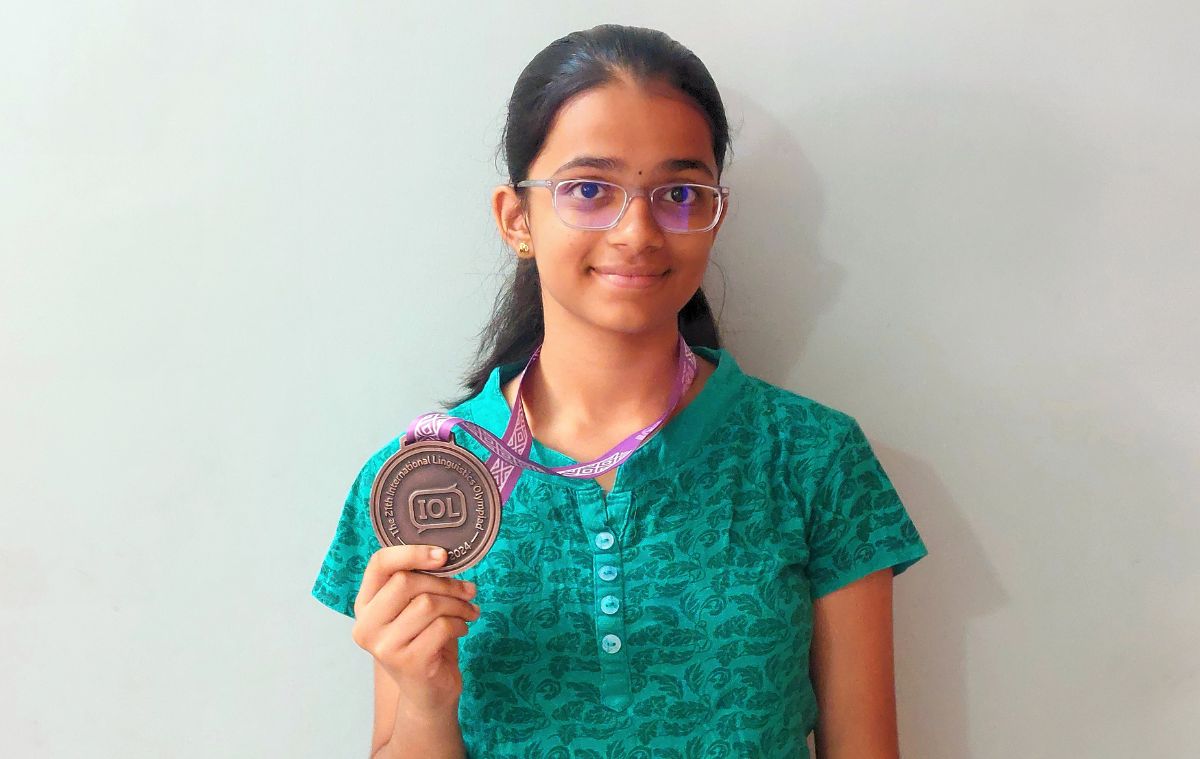 14-year-old Shrilakshmi Venkatraman poses with her IOL bronze medal. (Special Arrangement)
14-year-old Shrilakshmi Venkatraman poses with her IOL bronze medal. (Special Arrangement)
Like any other Olympiad, you also benefit from practising the previous years’ problems to build Sherlockian skills in deduction, says 14-year-old Shrilakshmi. A student of Bengaluru’s Jaigopal Garodia Rashtrotthana Vidya Kendra, she won bronze alongside Faraz, an IIT Kanpur freshman. Ananya, who narrowly missed out on a medal, earned an Honourable Mention.
Like wordplay? You’ll love The Indian Express Mini Crossword
As most languages are tied to the beliefs, practices and social systems of a community, each IOL brainteaser features some relevant cultural tidbits to guide students. Years of these problems, with a focus on indigenous or at-risk languages, can be found on the IOL website. For example, this year’s problem in the Komnzo language (slide 3 below) involved filling in a family tree. Crucial information here was that the Farem people — the primary speakers of Komnzo — practised sister exchange, where two men from different clans marry each other’s sisters:
View this post on Instagram
This window into foreign cultures is what attracts many to linguistics — apart from its growing importance in computer science. Animikha says she enjoys how “historical contexts can be deduced from language”, sharing her favourite example: “In Manambu, a Ndu language from Papua New Guinea, cassowary birds are (addressed as) feminine because they’re associated with mythical women who turned into cassowaries.”
Shrilakshmi, on the other hand, did not know about linguistics as a field until recently. “What initially caught my eye was its unconventionality. It was all about solving puzzles that got one thinking in creative new ways. And what was most interesting was that I did not need to know anything about the languages which the puzzles were about.”
Indeed, there is no requirement to be a polyglot or a strong writer to shine in linguistics. These skills provide scaffolding, but the key to a podium finish at the IOL is having an eye for patterns. India has a stellar record so far — since our first team participated in 2009, we have won 31 medals (including four golds) across 15 editions. Seven repeat medalists have also entered the IOL Hall of Fame.
There is an obvious question here: Could Indians being bilingual from an early age be providing an advantage? Does being able to think in multiple languages help? Our winners feel there is a correlation, but not causation:
“There are some phonological (related to sound) phenomena that occur in other languages that are quite well represented in Indian languages as well. For example, intervocalic voiceless consonants (ch, th, d, sh, k etc.,) changing to voiced ones or two adjacent vowels merging into a single vowel (yuktakshar/digraphs). Along with this, I’ve noticed certain syntactic (arrangement-related) features that occur in Indian languages also occur elsewhere. So I think there might be some opportunity for us to think more creatively,” shares Animikha.
View this post on Instagram
She also uses her own cultural heritage as inspiration: “I speak Bangla which doesn’t incorporate grammatical gender, and Hindi which incorporates grammatical gender, and English which has gendered pronouns instead. When I come across a language that I haven’t seen before, I think I’m more open to considering all of those views.”
Shrilakshmi agrees, noting that the contrasts Indian children passively know between their native tongues can build one’s intuition. “We are naturally aware of a broader set of linguistic phenomena. Moreover, learning more languages is known to boost critical thinking. So Indians learning more than one language does mean that we are able to connect some dots and think creatively…”
Interest in linguistics careers rising with AI wave
Linguistics scientifically studies the syntax, grammar and phonetics of any language—essentially its structure, and how words and sentences might be created using a pre-set logic. Mass interest in this field has been renewed with the growth of AI, as large language models (LLMs) like GPT-4, Claude and Gemini require natural language processing (NLP) systems to bridge the gap between human inputs and the kind of commands a machine would understand. Linguistics forms the base of NLP, providing a predictable way for computers to grasp prompts and carry out tasks like text analysis and translations.
As more linguists join NLP research, AI systems will likely become more capable. Past IOL participants have been known to head to MIT or work in computational linguistics.
NLP in Gaming | Try Infinite Craft, the AI wonder where you can create anything
Companies building accessibility tools also employ linguists, who can devise plans on how to smoothly bridge communications among those who cannot see, hear, speak or read (for example, in building speech-to-text models). Apart from this, jobs in translation, language therapy (remember ‘The King’s Speech’?), publishing and technical writing have been ever-present.
For our medalists, linguistics excitingly ties into their future career plans. Shrilakshmi has an interest in applying it to the LLM world, but acknowledges that the skill’s more traditional use has been to expand our knowledge of history — without linguists, we would not have been able to interpret ancient texts such as the Rosetta Stone. Many South Asian writing systems, such as the Indus or Pushkarasari scripts, are also yet to be deciphered.
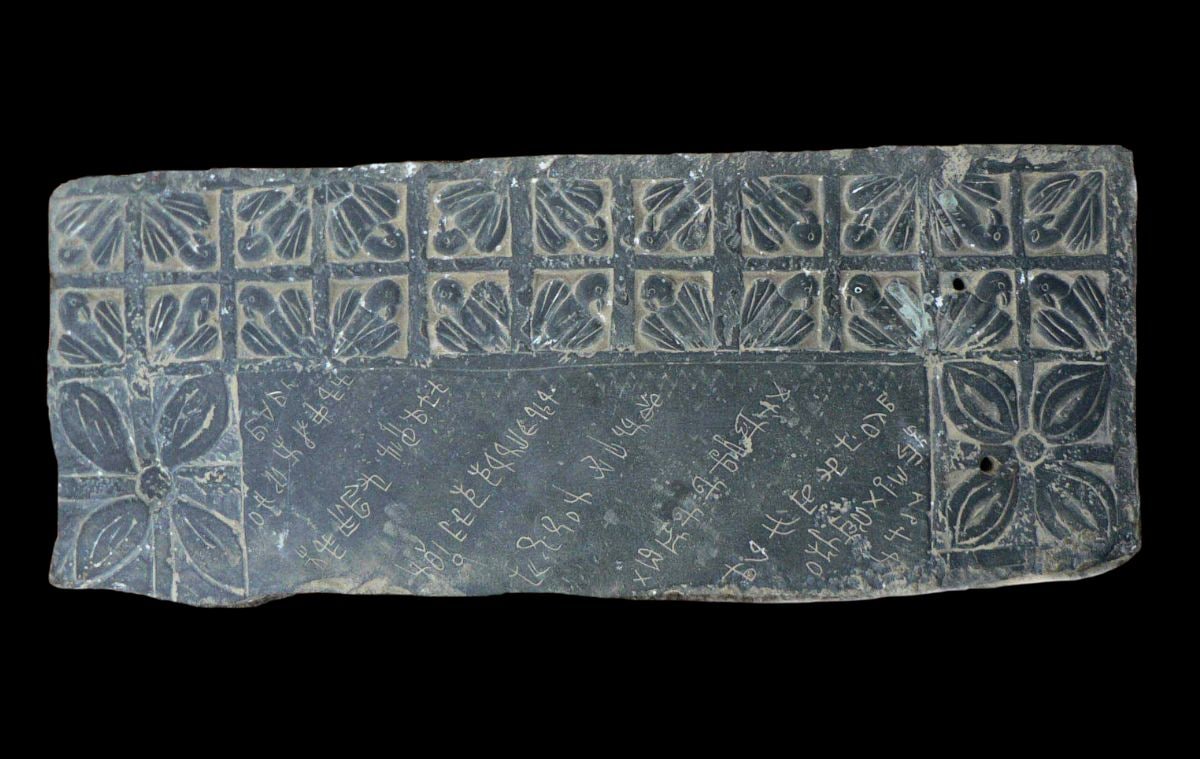 Pushkarasari script of Gandhara. It was likely used between the 3rd century BC to 8th century AD.(Photo by M Nasim Khan/Wikimedia Commons)
Pushkarasari script of Gandhara. It was likely used between the 3rd century BC to 8th century AD.(Photo by M Nasim Khan/Wikimedia Commons)
Linguists also help conserve endangered languages, which is a direction Animikha plans to explore. She is passionate about the preservation of Tibeto-Burman and Austroasiatic languages (e.g. Munda, Khasi and Santhali). “Additionally, I’ll be part of the selection and training process for the IOL in India. This would consist of composing and curating problems, as well as training future teams.”
How to represent India at the International Linguistics Olympiad
Team India’s members are chosen based on their performance at the Panini Linguistics Olympiad (PLO) and Asia Pacific Linguistics Olympiad (APLO).
The PLO is open to students from classes 6 to 8 (juniors) and 9 to 12 (seniors), and is organised by IIIT Hyderabad alongside Microsoft Research Labs India, JNU Delhi and the University of Mumbai. The national exam is held at eminent institutes across the country, such as the Chennai Mathematical Institute, IIT Guwahati, SNLTR Kolkata, and IIT Patna. Forty students who excel in the PLO are sent to the APLO, whose top performers are then trained by IIIT-H in workshops to represent India at the IOL. The Olympiad will be held in Taiwan next year.
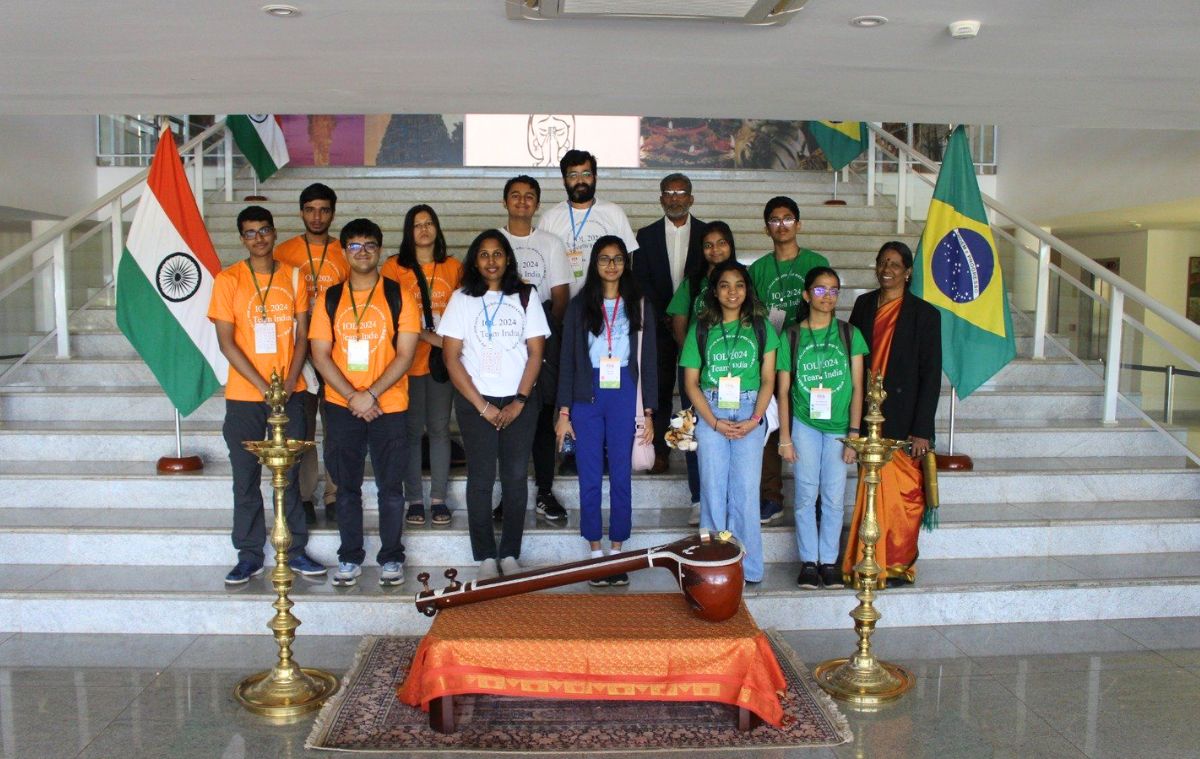 India’s Saffron and Green teams in Brasilia this year. (Photo by LTRC/LinkedIn)
India’s Saffron and Green teams in Brasilia this year. (Photo by LTRC/LinkedIn)
IIIT-H professor Manish Shrivastava serves as our country coordinator. He highlights the importance of linguistics in India’s growth journey, and that it might help shed cultural barriers blocking innovation. “Very often, for many languages, that much digital content is not available. If we want to create capable AI systems like large language models, we have to link language studies, linguistics and AI together so that the model can learn faster without needing a large volume of data,” he tells ANI.
Also Try | Indian Wordle spinoffs: Making word games in Tamil, Kashmiri, Hindi, Bengali and Marathi
Apart from gaining a deeper understanding of language, IOL contestants also experience a vibrant cultural exchange with students from other nations as well as their host country. “We were exposed to a lot about Brazilian indigenous languages,” shares Animikha about Team India’s trip to Brasilia. “We were also taken to the Memorial of Indigenous Peoples where we had the opportunity to learn about their traditions. There were also some sessions on Brazilian Sign Language!”
As the event focuses on creative enrichment than being a stressful race, it also gives students a break from rote learning. “Though the event was a contest, all the activities were structured in a way where we could spend time with each other and have fun. For someone who was very anxious…I found it unexpectedly easy to settle into the atmosphere there. The exposure we had to Brazilian culture, Brazilian music and Brazilian dances among other things, was very exciting”, grins Shrilakshmi.
Want to samba your way into the next Linguistics Olympiad? Get into the habit of lateral thinking. Practice word games on the daily, brush up on the tenets of linguistics, and visit ioling.org for updates. Happy solving!





- 01
- 02
- 03
- 04
- 05








